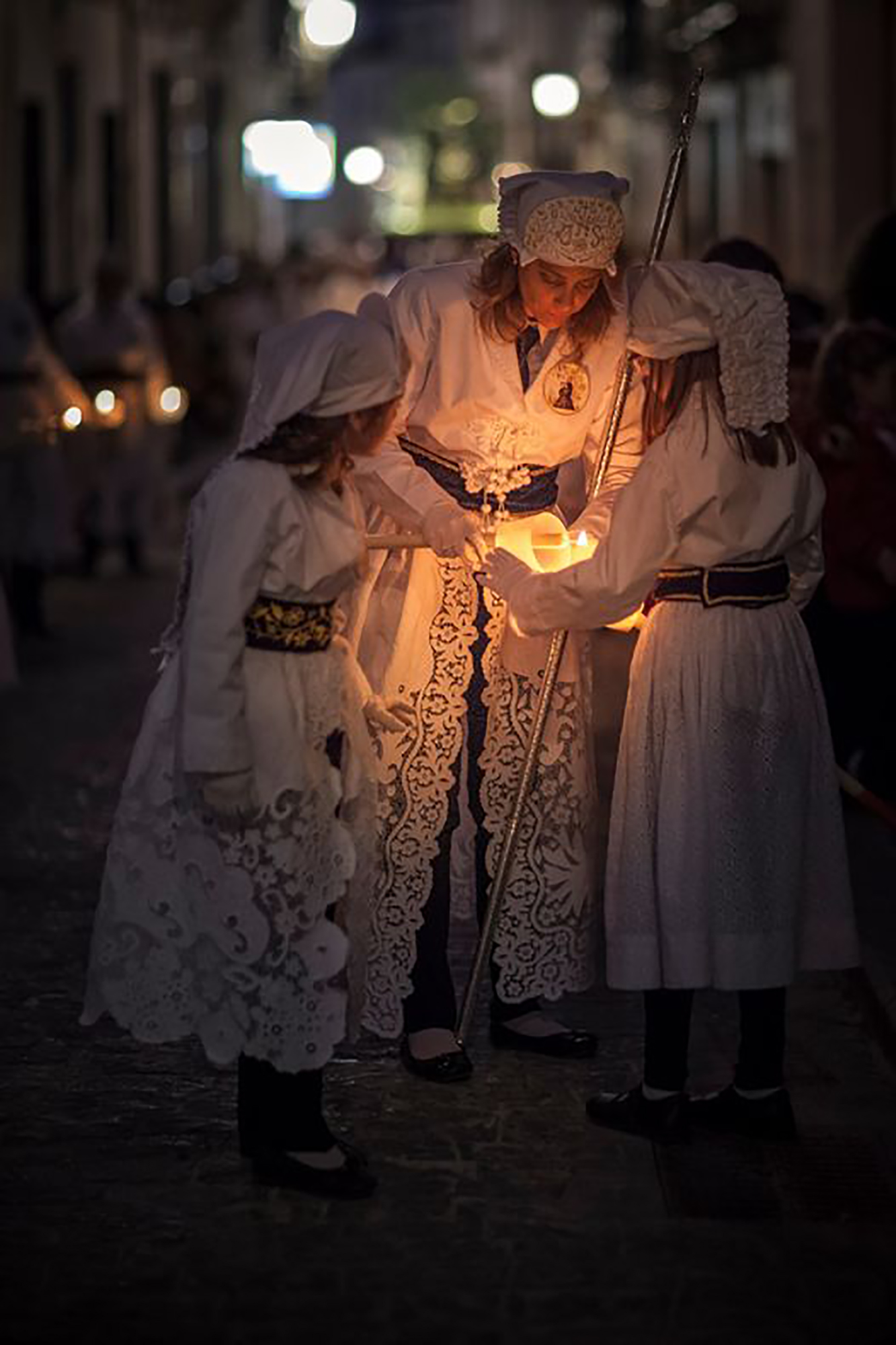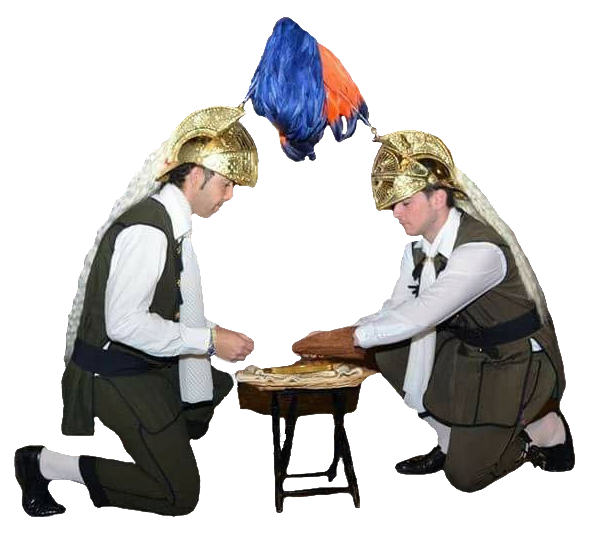Centennial brotherhoods are part of Holy Week in Baena
The brotherhoods will be coliblancas or colinegros according to the crowd of Jews that accompany them
The celebrations of Holy Week in Baena have as protagonists the thousands of brotherhoods that are part of the more than 50 brotherhoods (many of them subdivided into gangs) integrated into the brotherhoods that procession on Palm Sunday, Wednesday, Thursday and Good Friday. , as well as Easter Sunday. Among them, the White Suits or the Sayones preserve a genuine attire that makes them an inescapable reference of the Baenian brotherhood traditions.
Throughout history, the white suits were a brotherhood linked to the most popular classes, which exposed them to a series of ups and downs that even made them disappear. Although their origin or the date on which they were first paraded is not exactly known, they do appear documented in the first third of the 17th century, and it can be affirmed that at least since the beginning of the 19th century they have not undergone any variation.
The clothing consists of a white jacket with madroñeras of the same color on both sides of the center. Skirt also white with a great profusion of openwork under which black pants can be seen. Black sash embroidered in gold or with gold sequins and Goya headdress with embroidered front.



